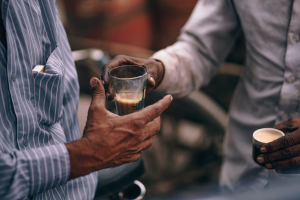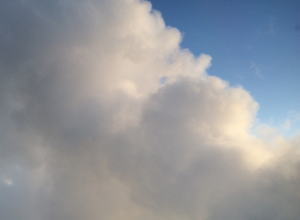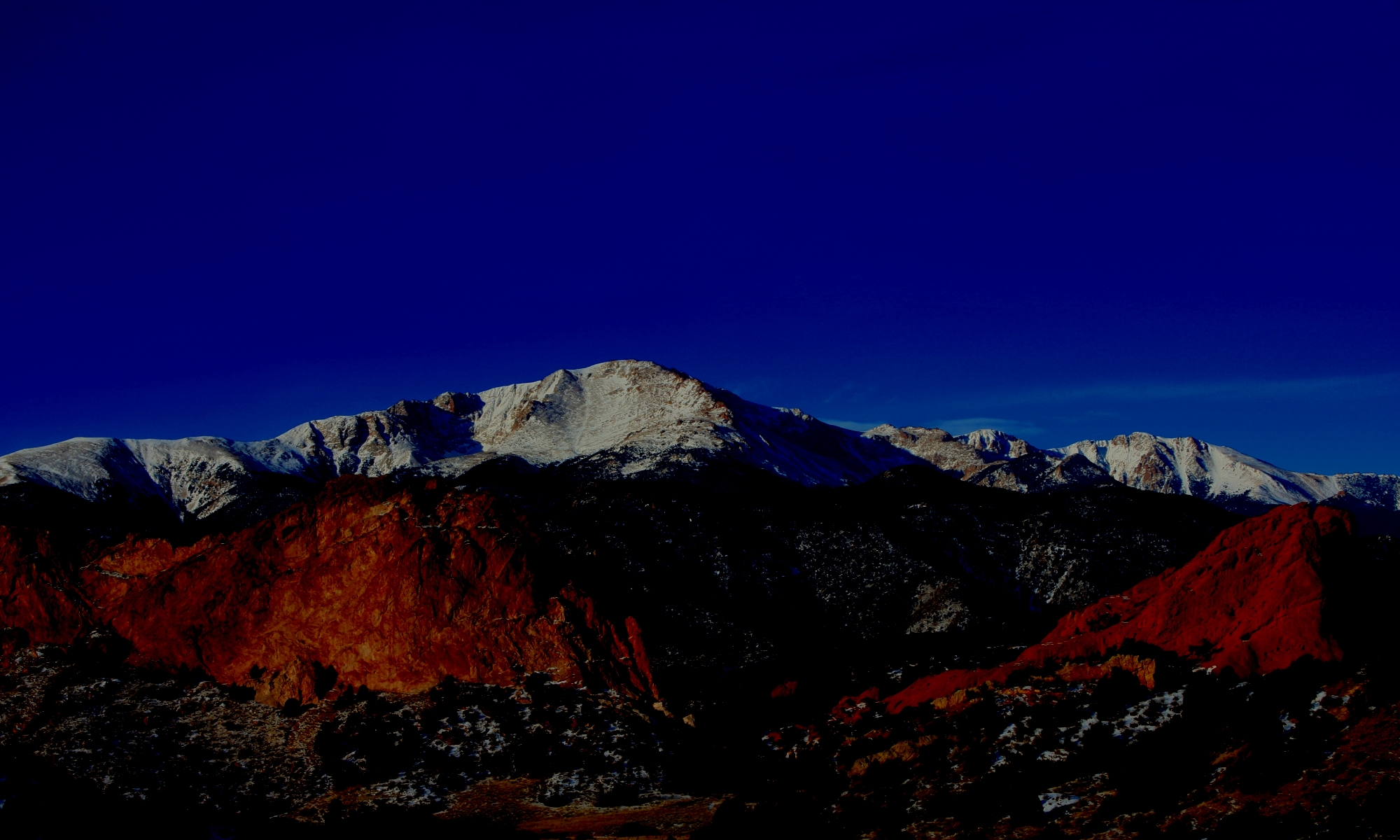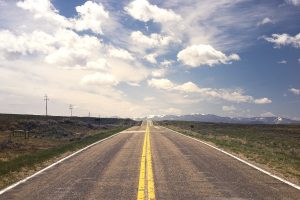
There will always be a civil-military divide, or gap, or chasm–if we are always standing on one side of a bridge. We–military, veterans, servicemembers–are HERE. You–everyone else–are THERE.
Then we ask the question, “But how do we bridge the gap?”
The answer to that question is whatever particular hammer we happen to be carrying at the moment.
But what if we–the ones who served–started to think of ourselves as a neighborhood. Or a family. Or a gathering. Or a home.
Here in the center of our family are those who give it definition–the human being in uniform, no matter what job they do, or how long they served. At least once in their lives, they signed on the dotted line and stepped up to the service of their country.
Standing around them, though, who are they? The support system. First, we find those who have deployed with us, even if they did not wear a uniform. Here’s the person working the food line at the chow hall in Kuwait. Here’s the contractor working on an innovation in robotics to save lives. Or the civilian medical professional taking care of servicemembers for everything from a routine appointment to emergency medicine.
The edges of our community grow blurrier as the neighborhood continues. Here are our families–spouses, parents, siblings, children. They often wear our service as a badge, or with pride, because careers, even four-year enlistments, are “needs of the Army,” not “needs of our loved ones.” And they get it.
Keep traveling, all roads connect us. Here’s the difficult part of town. Here is the block of those whose service–or whose loved one’s service–has burned them. The divorcee, the underemployed spouse, the failure to adapt. The ex-servicemember who suffered from assault or abuse. These lives have been touched by, and have touched, uniformed service. They’re part of the community, even if we don’t drive by that part of town very often.
Just stopping by for a visit, these are the friends whose only touchpoint with the military might be that person from back home they knew in high school, and connected with later on social media, who give a “like” to pictures of their old friend in uniform, but don’t really get the jokes in the DuffelBlog articles they share. Maybe it’s the people who “support the troops,” but haven’t taken the time to really drive around town and get to know everyone.
To stretch this metaphor to the point of killing the elastic, there is one more point. When we think of ourselves as a neighborhood, or a community, it becomes easier to envision traveling outside that community. Maybe that is literal travel, perhaps it’s the ability to share stories about life in the neighborhood. In any case, we are no longer faced with a deep chasm, gaping between our side of the road and “their” side of the road.
Instead, we are much larger than we think, and those we include can help us connect–and stay connected–to the other communities we touch.



